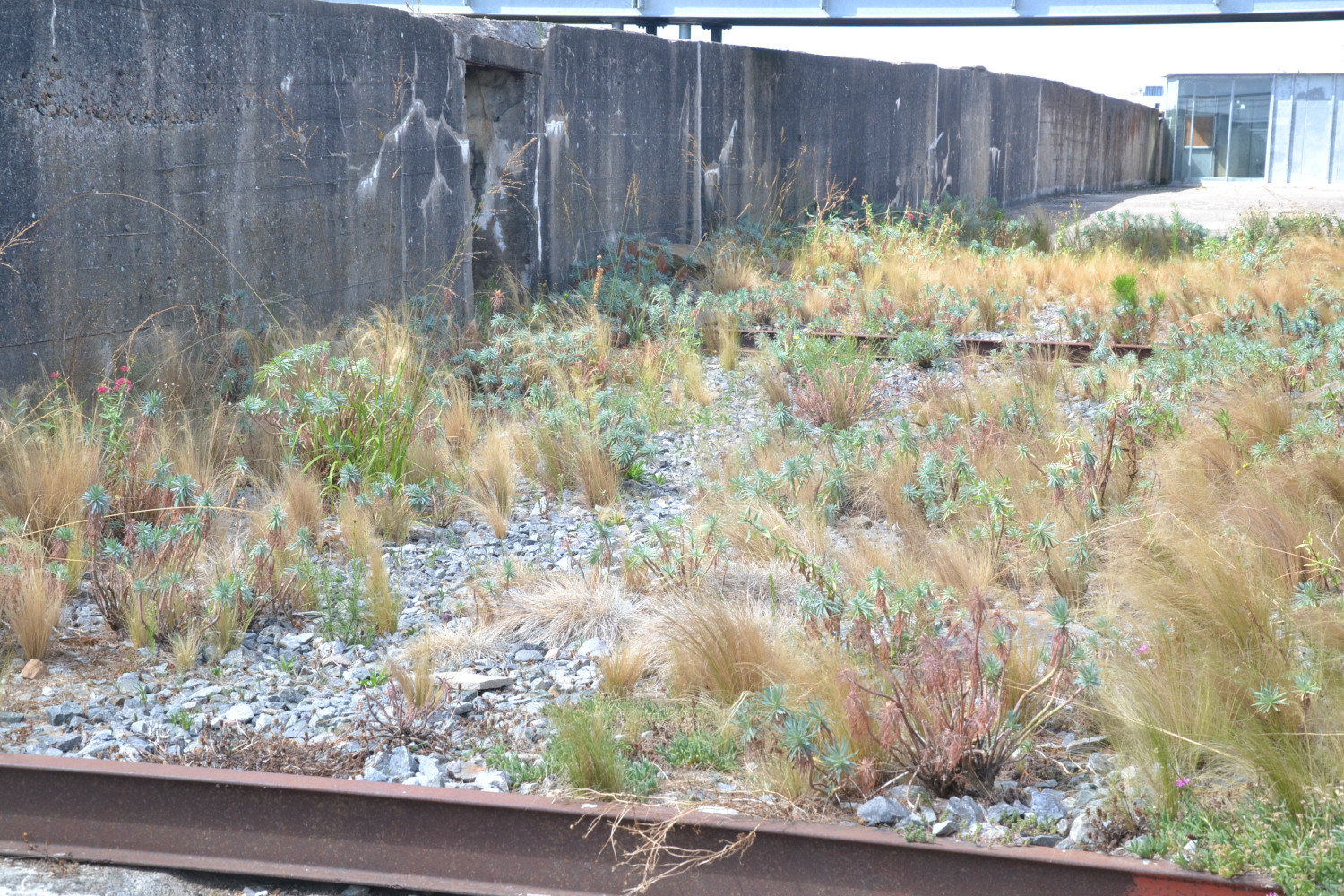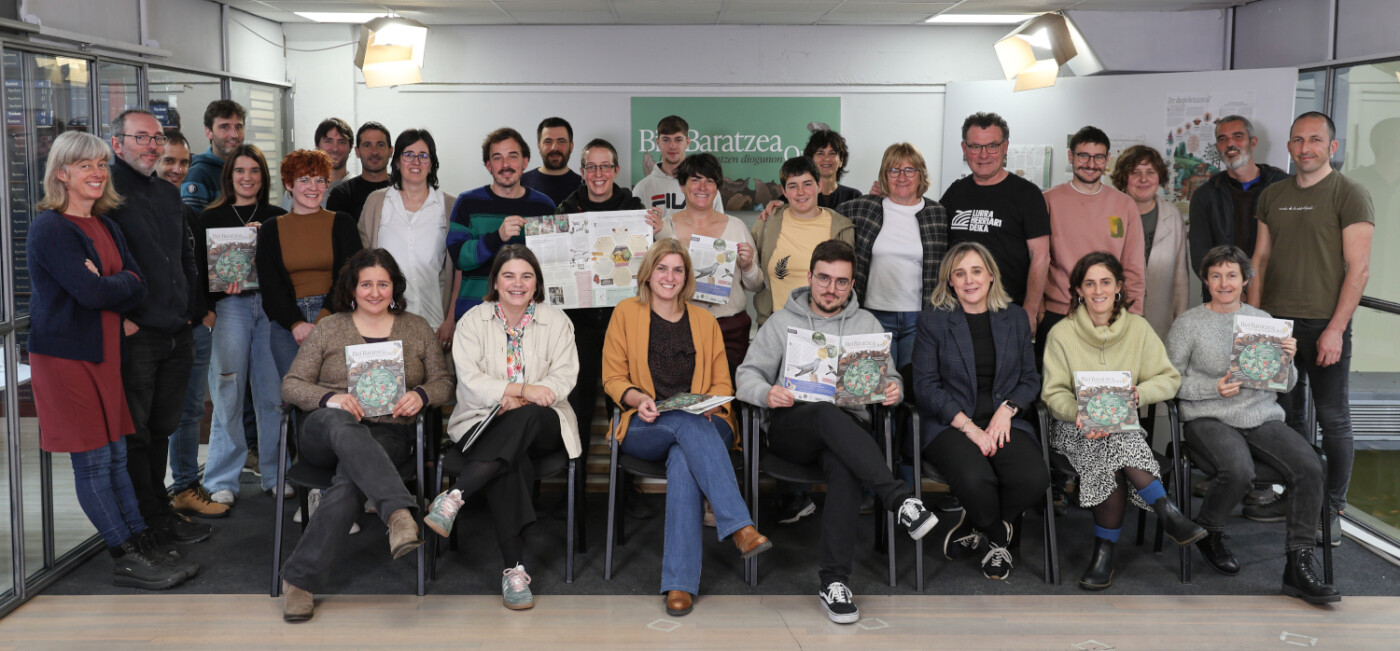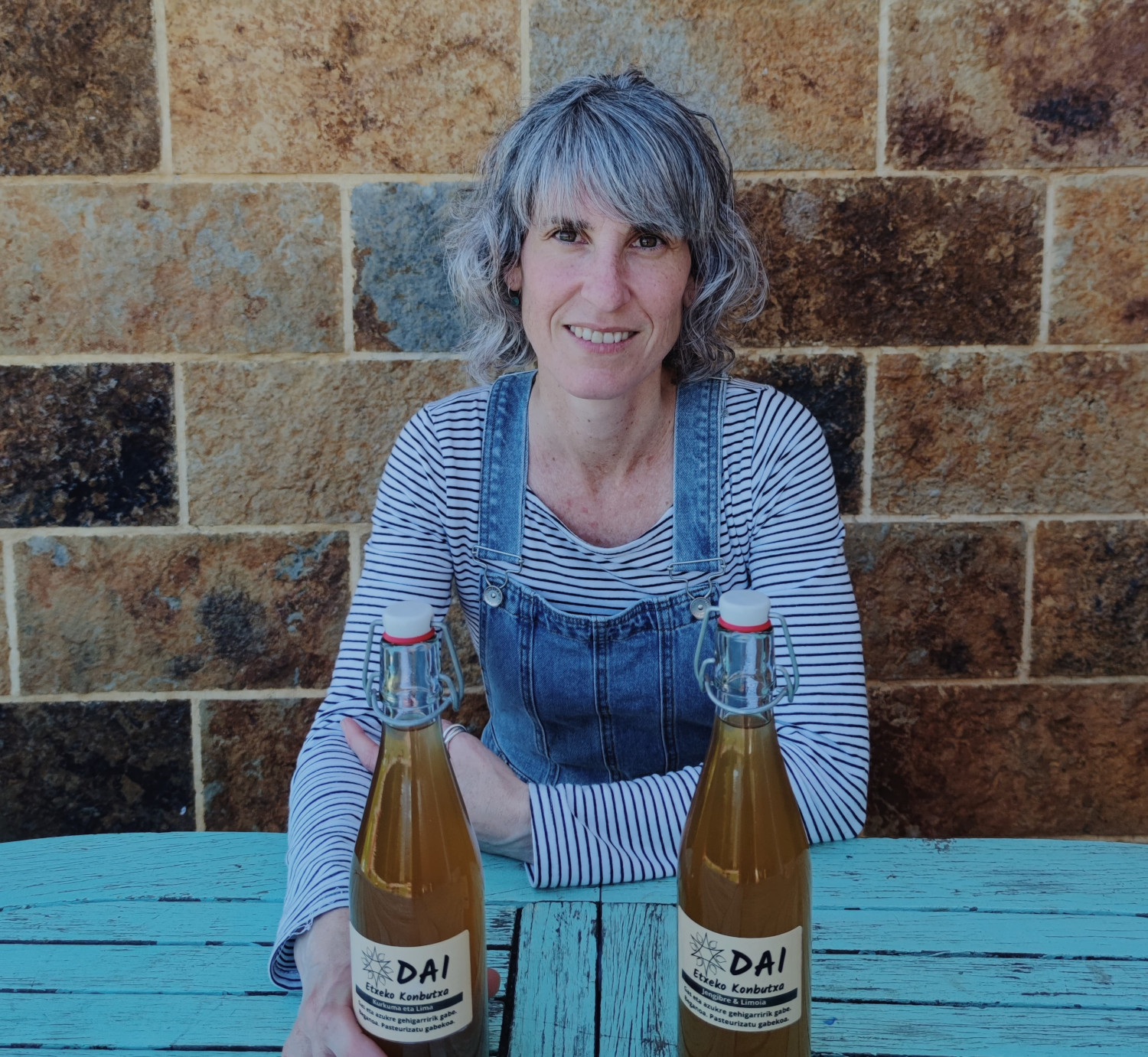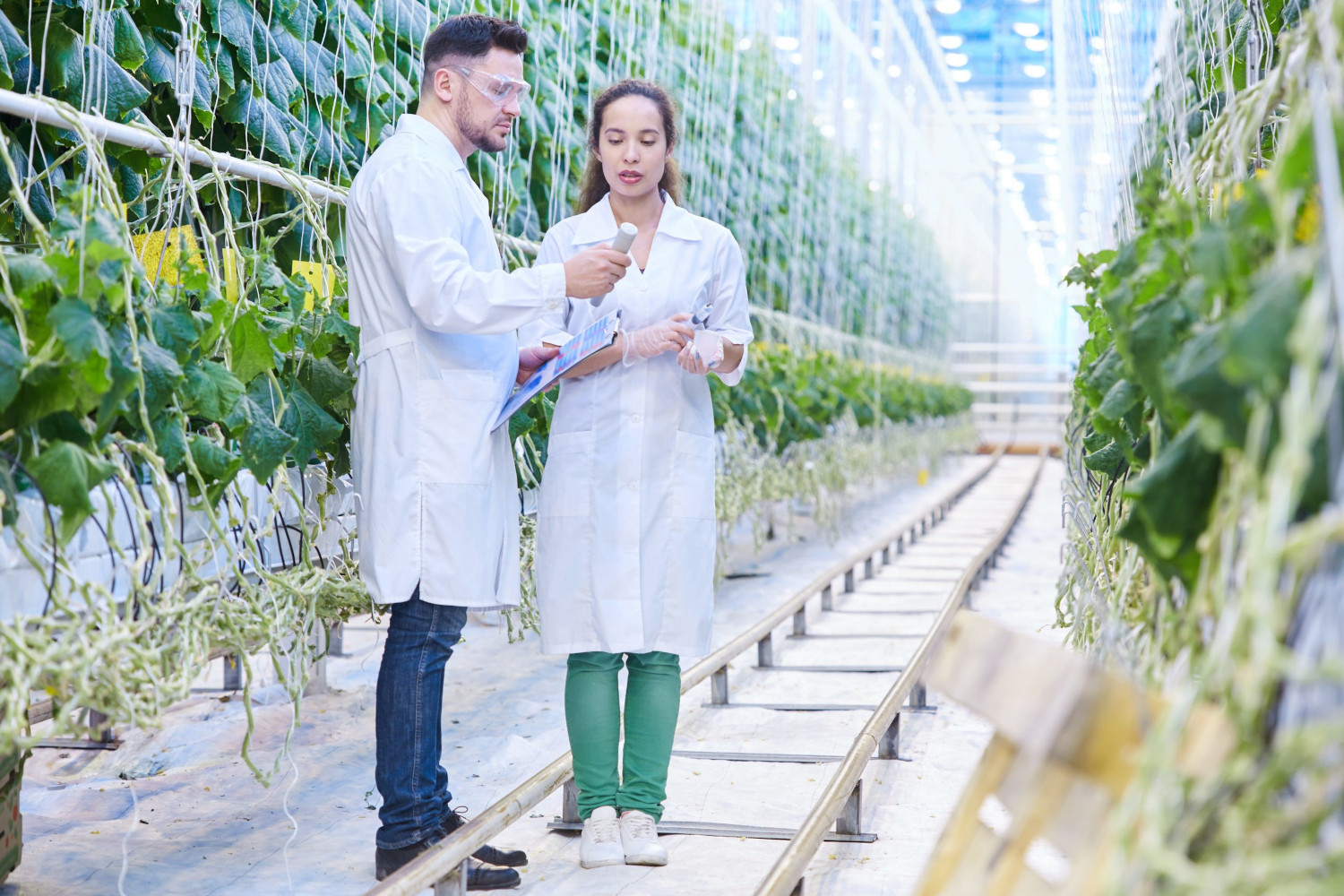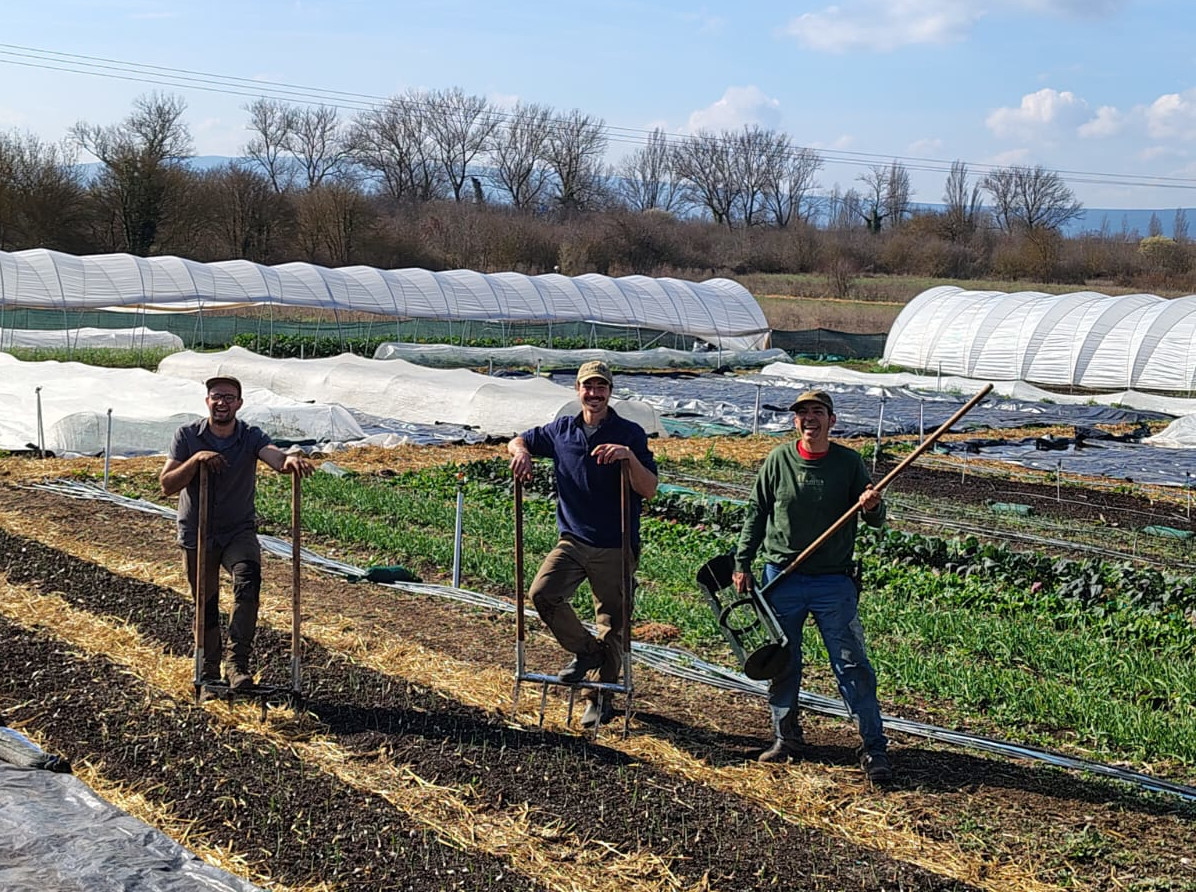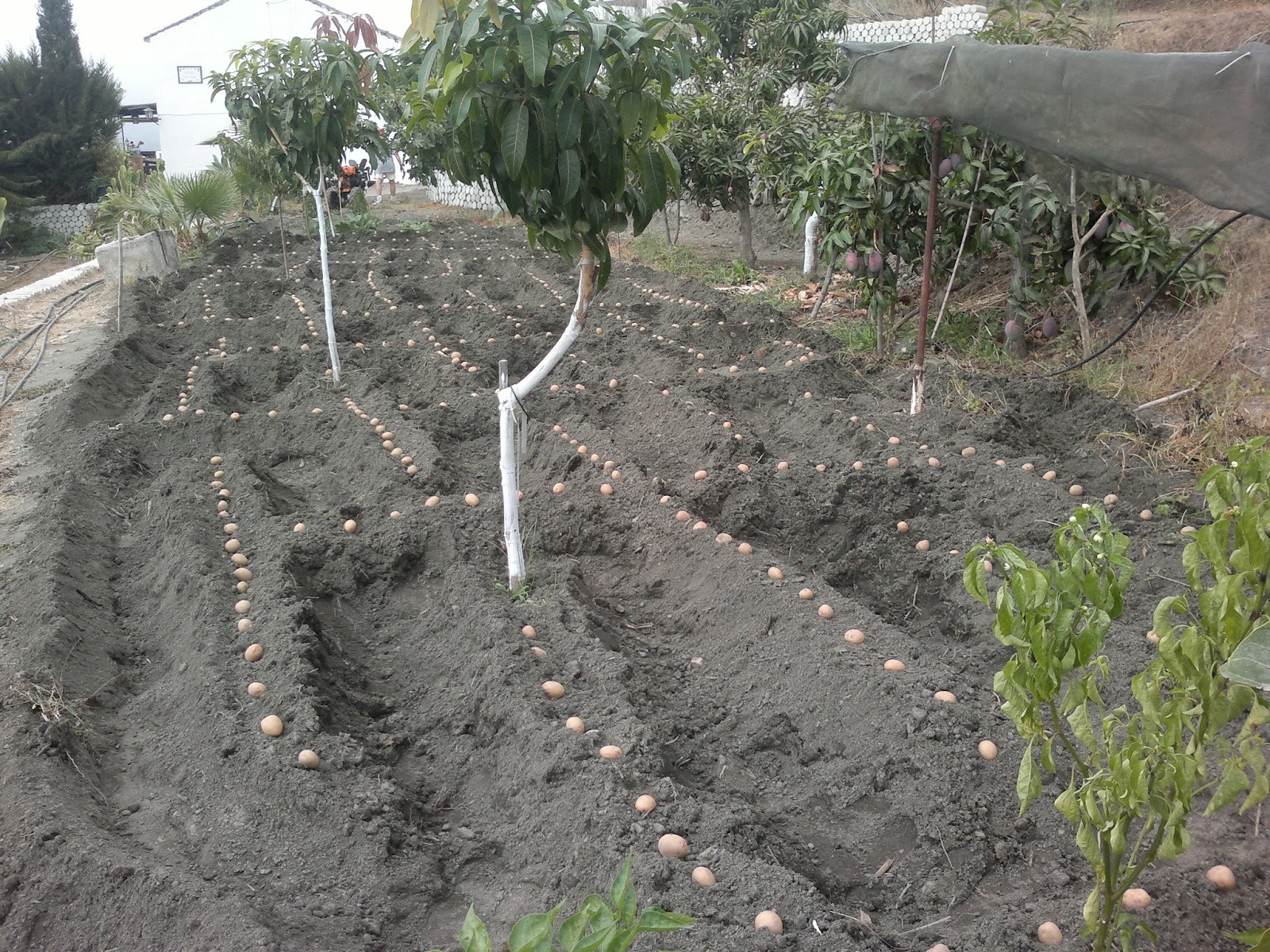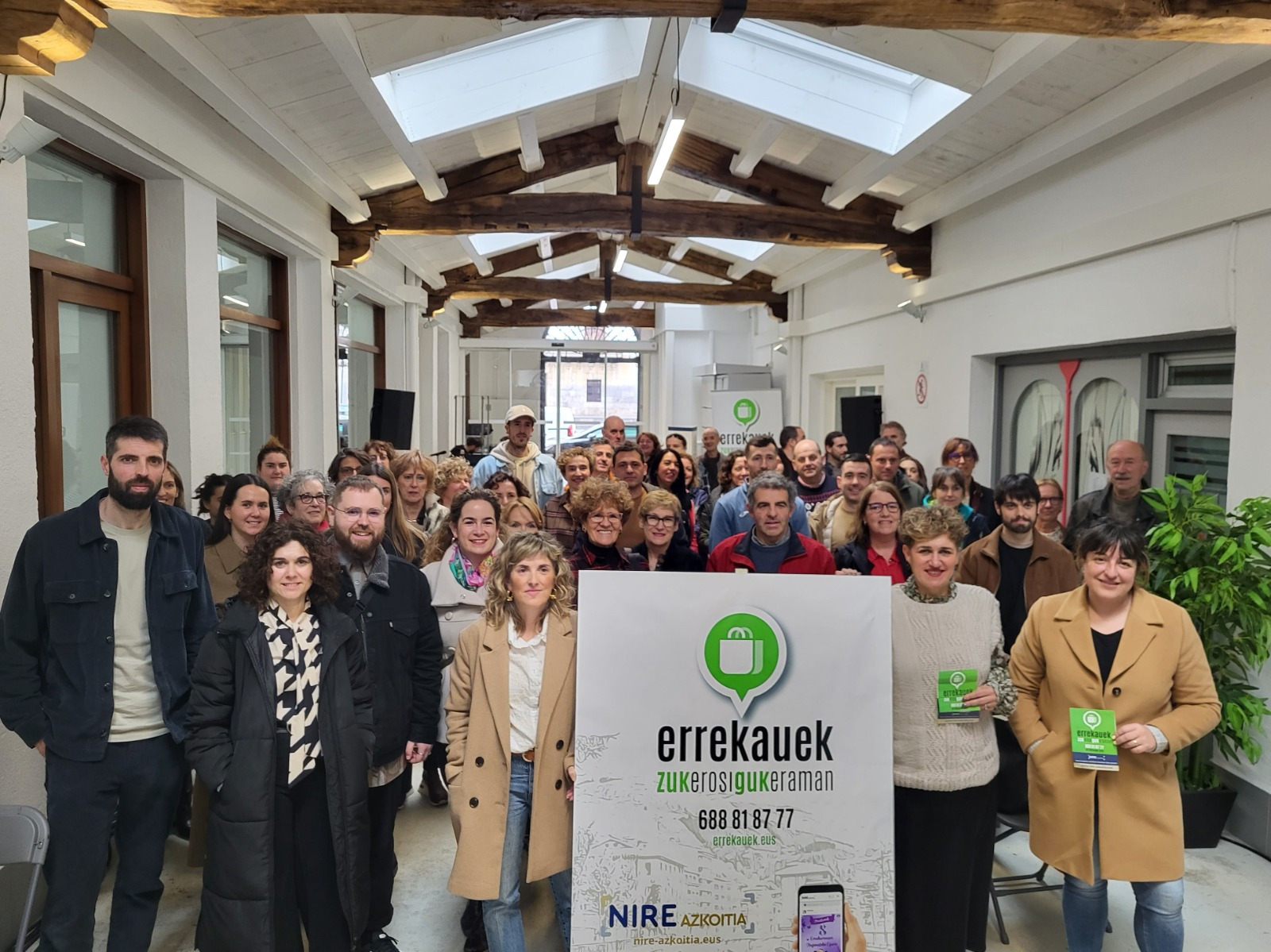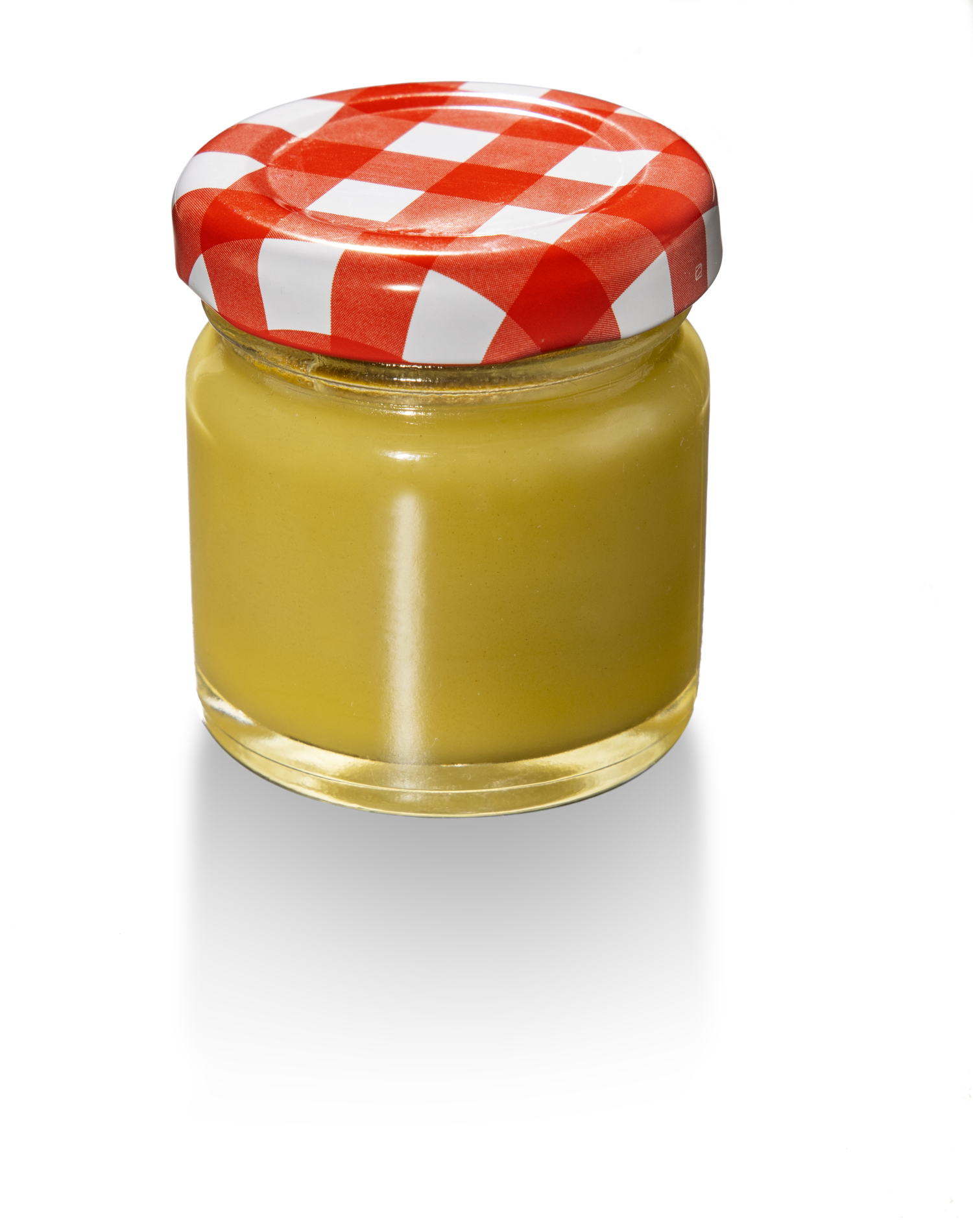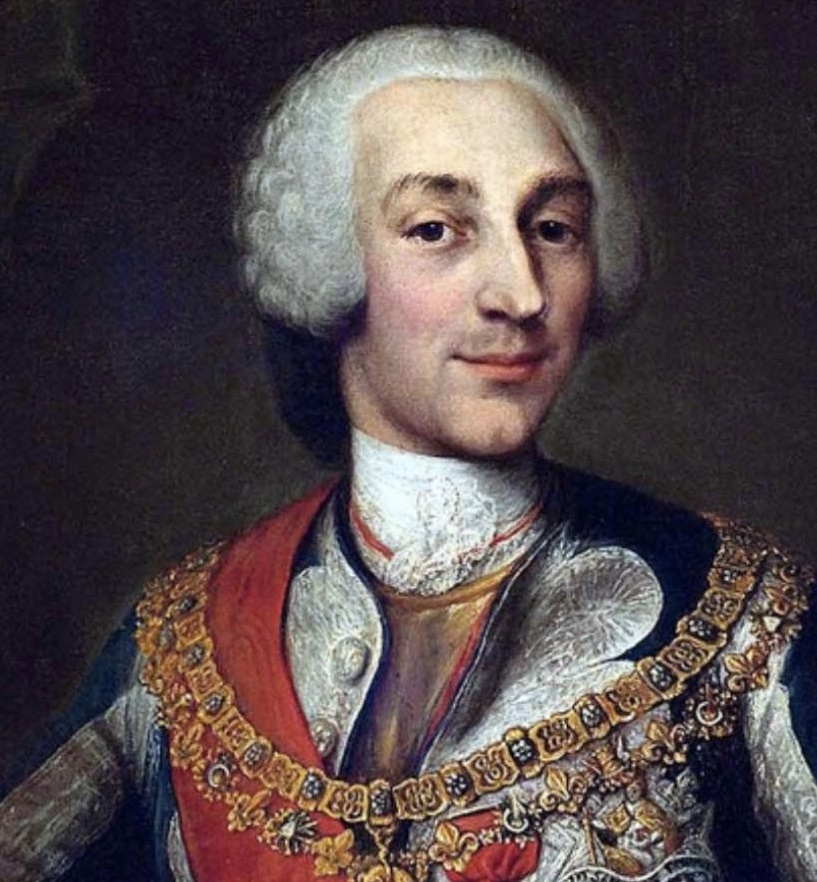Ill-treatment for emanation
- The winter pruning is on top, here comes the time to judge, to make judgments: the sentence. We have had the epilogue for a long time and pruning work is done at any time and in any way, including terrible crimes.

There are two main types of pruning: one that gives a shape to the plant (fence, topiaria, training in the youth of the trees...) and another that makes the grain of the fruit more and faster.
The plants bear fruit and seed for new trees to be born that give continuity to their caste. If the plant lives very well, it will not spend much energy to bear the fruit, it is she who holds many raw, thick and steep castes. Pruning wants to fly this: do a lot of wounds to the plant, prevent the passage to where it wants to grow, tie it, tilt it, etc. The plant sits in the mint and in case it starts to bear fruit. This is the pruning to bear more fruit.
This pruned tree has to bring the flower to fructify. And when she opens the flowers, she needs pollinators. Some fruit trees have enough wind to make this exchange of pollen from flower to flower: hazelnuts and nogales, for example. Many others need pollen carriers, but birds (hummingbird, bats, etc.) It's insects. Beetles, flies, butterflies, moths, ants, bees and wasp bees, etc., do the indispensable work in fruticulture. The treatment between insects and plants is the success of the evolution of flowering plants. At the Jurassic, 130 million years ago, when flowering plants were created, he committed to collaborating with insects. The key is in flower design: nectar and pollen, in exchange for a little food, insects will conduct pollination. Today, they account for about 90 percent of the world's plants. These plants and pollinators have evolved together, adapting the plants flowers (shape, smell, length…) and insects the body parts (mouth, spirit).
Sometimes the mutual need is great. A group of researchers from the Swiss public university ETH of Zurich (Pashalidou, Lambert, Peybernes, Mescher and De Moraes) analyzed the behavior of a singular bumblebee and came to a surprising conclusion, as well as to publish it in the well-known journal Science: while the bumblebee builds the summer colony, the pollen needs. However, not every year the same days of flowering occur, which can lead to hunger. Faced with the shortage of pollen, bees actively damaged the leaves of the plants in a special way, resulting in a flowering 30 days earlier. Similar damage by researchers did not anticipate flourishing. The bottom line is that apiculture has a special method to accelerate flowering. Curl the plant.
What fruit holders do with pruning is done by bumblebees, know for millions of years.
Udaberrian orain dela egun gutxi sartu gara eta intxaurrondoa dut maisu. Lasai sentitzen dut, konfiantzaz, bere prozesuan, ziklo berria hasten. Plan eta ohitura berriak hartu ditut apirilean, sasoitu naiz, bizitzan proiektu berriei heltzeko konfiantzaz, indarrez, sormen eta... [+]
Ohe beroan edo hotzean egiten da hobeto lo? Nik zalantzarik ez daukat: hotzean. Landare jaioberriek bero punttu bat nahiago dute, ordea. Udaberriko ekinozio garai hau aproposa da udako eta udazkeneko mokadu goxoak emango dizkiguten landareen haziak ereiteko.
Duela lau urte abiatu zuten Azpeitian Enkarguk proiektua, Udalaren, Urkome Landa Garapen Elkartearen eta Azpeitiako eta Gipuzkoako merkatari txikien elkarteen artean. “Orain proiektua bigarren fasera eraman dugu, eta Azkoitian sortu dugu antzeko egitasmoa, bere izenarekin:... [+]
Itsasoan badira landareen itxura izan arren animalia harrapari diren izaki eder batzuk: anemonak. Kantauri itsasoan hainbat anemona espezie ditugun arren, bada bat, guztien artean bereziki erraz atzemateko aukera eskaintzen diguna: itsas-tomatea.
Aurten "Israel Premier Tech" txirrindularitza talde israeldarra ez da Lizarraldeko Miguel Indurain Sari Nagusia lasterketara etorriko. Berri ona da hori Palestinaren askapenaren alde gaudenontzat eta munstro sionistarekin harreman oro etetea nahi dugunontzat, izan... [+]
Sare sozialen kontra hitz egitea ondo dago, beno, nire inguruan ondo ikusia bezala dago sare sozialek dakartzaten kalteez eta txarkeriez aritzea; progre gelditzen da bat horrela jardunda, baina gaur alde hitz egin nahi dut. Ez ni optimista digitala nauzuelako, baizik eta sare... [+]
Bada Borda bat ilargian. Bai, bai, Borda izeneko krater bat badu ilargiak; talka krater edo astroblema bat da, ilargiaren ageriko aldean dago eta bere koordenadak 25º12’S 46º31’E dira; inguruan 11 krater satelite ditu. Akizen jaiotako Jean Charles Borda de... [+]
Donostiako Amara auzoko Izko ileapaindegi ekologikoak 40 urte bete berri ditu. Familia-enpresa txikia da, eta hasieratik izan zuten sortzaileek ile-apainketan erabiltzen ziren produktuekiko kezka. “Erabiltzaileen azalarentzat oso bortzitzak dira produktu gehienak, baina... [+]








